You can master event management by following the right steps and using the right tools. Many beginners in Malaysia succeed because modern event apps and platforms are simple to use, and interactive features make planning easier than ever.
Setting clear goals is vital for every event.
You will find that thoughtful planning and data-driven choices can transform any event into a success in Malaysia.
A strong event planning team in Malaysia forms the backbone of any successful event project management process. You need to build a team in Malaysia that can handle every detail, from the earliest planning stages to the final review. When you assign clear roles and encourage open communication, your team in Malaysia will work together more efficiently and achieve better results.
Start by identifying the main responsibilities needed for your event. Assign specific roles such as venue management, entertainment, speaker coordination, volunteer oversight, publicity, and partnerships. Each person should know exactly what they are responsible for in Malaysia. This approach creates accountability and helps everyone stay focused on their tasks.
When you have one event director or manager overseeing the entire event, with high-level managers for each area, you ensure that every part of the event project management process runs smoothly. This structure also encourages buy-in from all levels of your organization, which is especially important for large-scale events.
Research shows that teams in Malaysia with clear leadership and defined roles perform better. You will see improved teamwork and greater ownership of each part of the event. This method makes event project management more organized and less stressful for everyone involved in Malaysia.
Effective communication is essential for event project management. You should resolve conflicts quickly and encourage everyone to share ideas. Regular brainstorming sessions and weekly meetings help keep your team in Malaysia engaged and creative. When you value each team member’s input, you foster a sense of collaboration and trust. To further enhance collaboration, you can leverage the collaborative features in FineBI, which allow for dynamic sharing of data and insights across team members in Malaysia in real time.
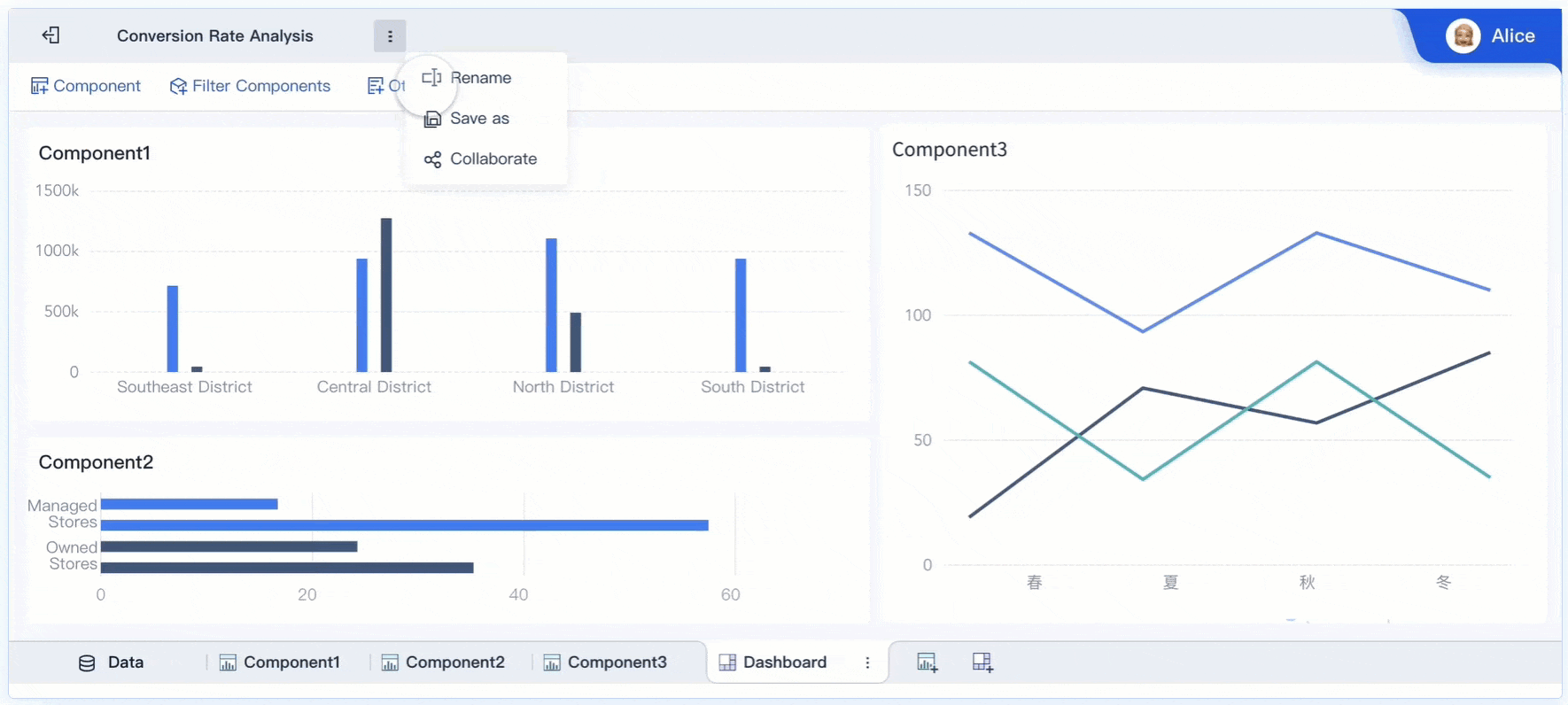
More than half of communication is nonverbal, so pay attention to body language and tone during meetings. When you build trust and encourage open feedback, your event project management process becomes more effective.
Developing timelines and tracking progress also help your team in Malaysia stay on schedule. By fostering collaboration and prioritizing transparency, you create a positive environment where everyone feels responsible for the event’s success.
Creating a solid event budget is one of the most important steps in event management. You need to know how much money you will spend and where it will go. A well-planned event budget helps you avoid surprises and keeps your event on track.
Start by listing every possible expense for your event. Think about venue rental, catering, entertainment, marketing, technology, and staff. Use data from past events to guide your estimates. You can also talk to vendors for updated price quotes. Accurate cost estimation is essential because:
You should always include a contingency fund in your event budget. This extra money covers surprises or emergencies. By collecting and analyzing data, you make your event budget more reliable and realistic. Your team in Malaysia can use FineBI to create interactive dashboards for operations management, enabling you to monitor dynamic changes and make timely adjustments.
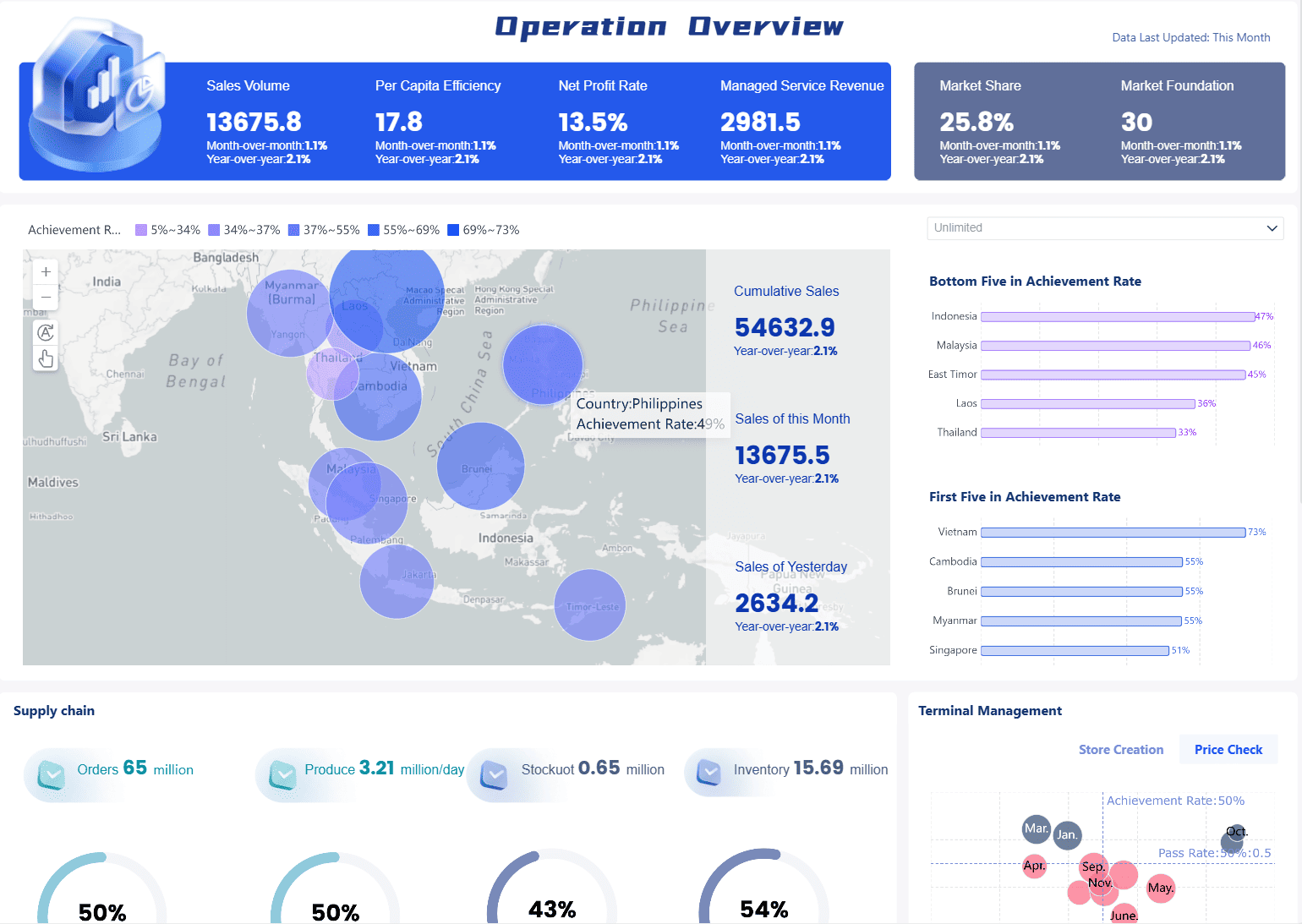
Once your event begins, you must track every expense. Modern tools make this easy. Real-time expense tracking lets you see where your money goes right away. This helps you spot overspending early and make quick changes. You can use dashboards to review your event budget and keep your team in Malaysia informed.
When you use technology to manage your event budget, you gain control and confidence. You can adapt to changes, keep your event on budget, and make better decisions for future events.
Choosing the right date and venue shapes the success of your event. These decisions affect attendance, engagement, and the overall experience. Careful planning helps you avoid conflicts and ensures your event stands out.
Start by looking at your audience’s preferences and schedules. Use demographic data to guide your timing. For example, age groups often have different availability. Students may prefer weekends, while professionals might attend weekday evenings. Research shows that demographic models help you understand patterns in age and life events. These insights let you pick a date that matches your audience’s needs.
Check for holidays, school breaks, and other major events in your area. Avoid dates that compete with popular activities. You can also survey your target group to find their preferred times. This step increases the chance that people will attend your event.
Tip: Use a calendar tool to map out possible dates. Mark local and industry events to avoid overlap.
The venue sets the tone for your event. Location, size, and amenities all matter. When you use data from past events, you can compare venues based on cost, feedback, and features. This approach helps you stay within budget and improve the attendee experience.
Note: The right venue supports networking and comfort. A well-chosen space helps your event run smoothly and leaves a lasting impression.
Choosing the right event management tools can transform your event project management process. You need software that helps you plan, track, and analyze every part of your event. Many teams in Malaysia now use several tools together. Research shows that 73% of event teams in Malaysia use between one and five technology tools, while 12% use even more. These tools help you improve attendee experience, boost sponsorship revenue, and make better decisions during event project management.
FineBI gives you powerful data analytics for event project management. You can connect data from ticket sales, attendee registration, and feedback forms. FineBI lets you build dashboards that show real-time trends and key metrics. You can spot which sessions attract the most people or which marketing channels work best. This helps you adjust your event project management plan quickly. FineBI’s drag-and-drop interface makes it easy for anyone on your team in Malaysia to use, even if you have no coding experience. You can share dashboards with your team in Malaysia, so everyone stays informed and can act fast. FineBI also supports planning by helping you set goals and track progress throughout your event.
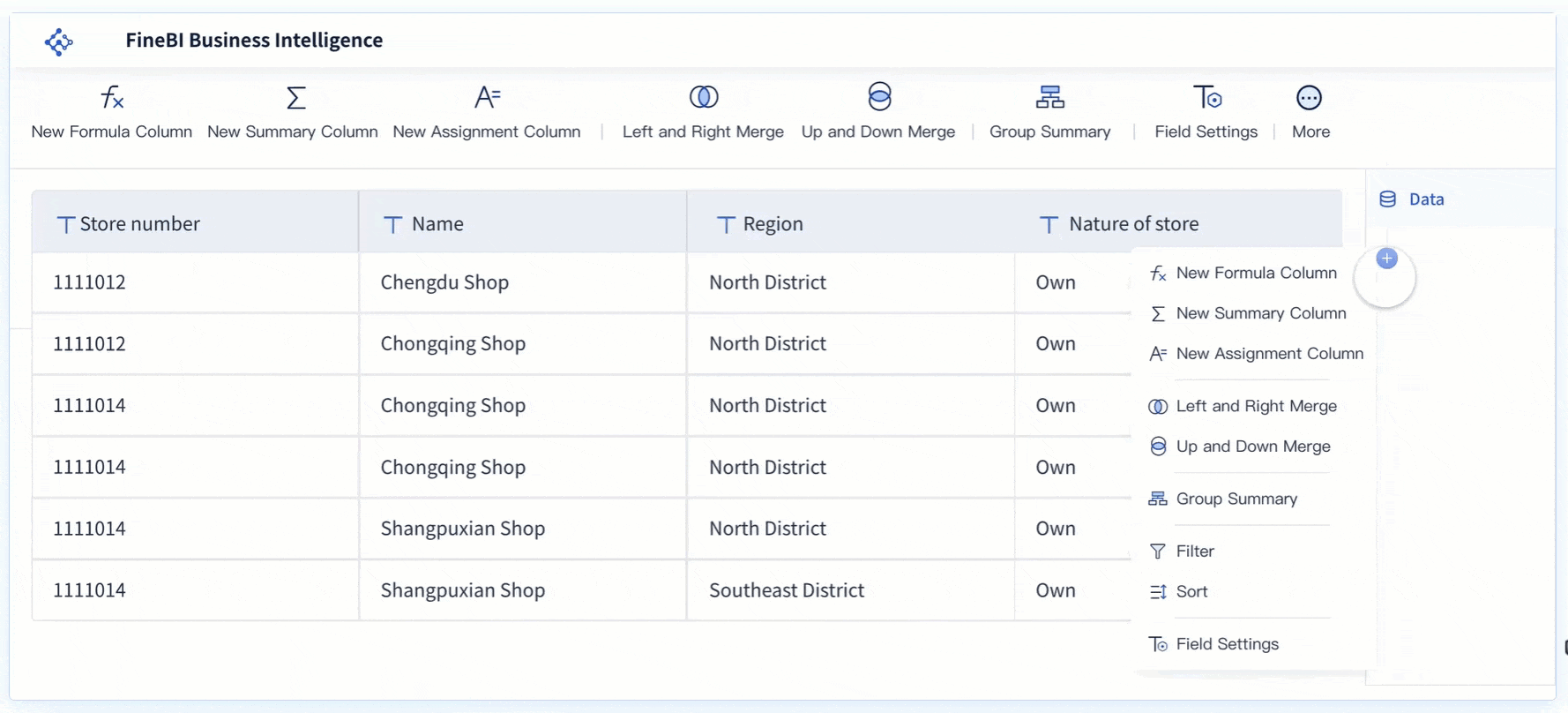
Tip: Use FineBI to monitor attendee engagement during your event. Real-time data helps you make changes on the fly and improve the overall experience.
FanRuan offers a full suite of solutions for event project management. These tools help you integrate data from different sources, automate tasks, and keep your event on track. With FanRuan, you can manage vendors, track budgets, and analyze feedback all in one place. The platform supports real-time updates, so you always know what is happening during your event. FanRuan’s solutions like FineBI help you avoid common event project management pitfalls, such as missed deadlines or budget overruns. You can use these tools to streamline communication, assign tasks, and ensure every part of your event runs smoothly. Many organizations have improved operational efficiency and attendee satisfaction by combining multiple event management tools, as seen in recent case studies.
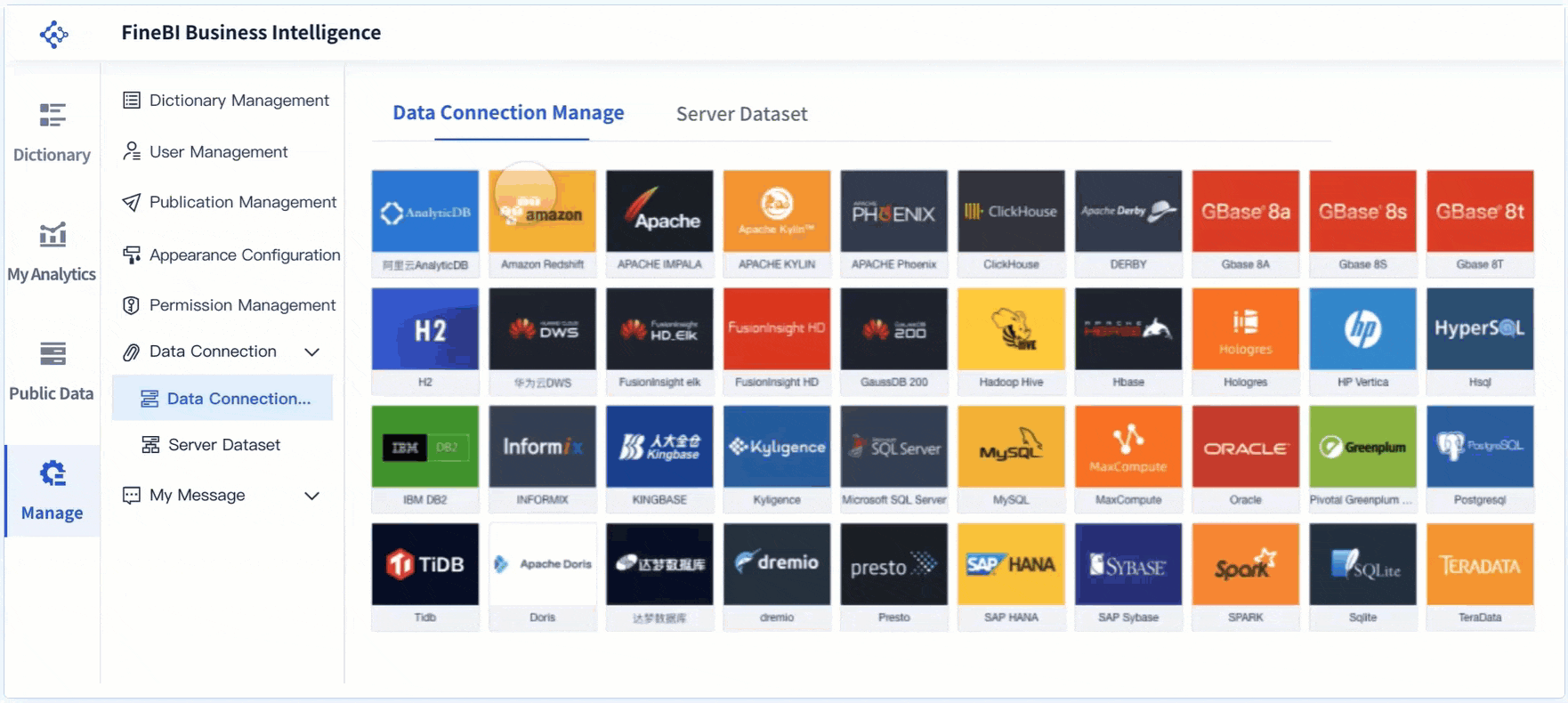
Note: Modern event project management relies on data-driven tools. FanRuan helps you make smarter decisions and deliver better results for every event.
Vendors and sponsors play a major role in the success of your event. You need to choose reliable partners and present strong proposals to attract support. Careful selection and clear communication help you deliver a smooth experience for everyone involved.
You want vendors who can deliver quality and reliability. Good vendors help you avoid delays, complaints, and last-minute problems. They make your event run smoothly and leave a positive impression on your guests.
Tip: After your event, collect feedback about each vendor. Use surveys or team discussions to review performance. This helps you improve future vendor choices and event outcomes.
Online reviews and vendor profiles also help you make smart decisions. These resources show you details about services, credentials, and client feedback. Using this information helps you avoid vendors with poor reputations and improves your event’s success.
Sponsors can provide funding, products, or services for your event. You need to show them the value of supporting your event. Data-driven proposals make your pitch stronger and more convincing.
AI tools and data help you find sponsors who fit your event. Personalizing your proposals makes them more appealing. When you use data to predict sponsor ROI, you build confidence and increase your chances of getting support. Sponsors want to see clear benefits and real results from your event.
A strong event marketing plan helps you reach your goals and create a memorable attendee experience. You need to use the right mix of strategies to attract your target audience and keep them engaged before, during, and after the event.
You should start by setting clear goals for your event. Assign key performance indicators (KPIs) to each objective. For example, you might track attendance rate, feedback scores, or the number of qualified leads. Next, evaluate your resources, including your budget and team skills in Malaysia. Research your audience to tailor your marketing and promotion efforts. Define important event details, such as the format, location, and speakers, so your message stays consistent.
A well-organized timeline keeps your marketing and promotion activities on track. Plan communication touch points to remind people about your event and increase conversions. Use a mix of channels, such as email, social media, and your website, to reach more people.
Here is a table of common metrics you can use to measure your event marketing plan:
| Metric | Description |
|---|---|
| Website Traffic | Number of visitors to event web pages |
| Social Media Engagement | Likes, shares, and comments on event posts |
| Ticket Sales | Total tickets sold |
| Total Registrants | People who signed up |
| Total Attendance | Actual number of attendees |
| Net Promoter Score (NPS) | Attendee satisfaction and likelihood to recommend |
| Qualified Leads | Leads matching your target audience |
| Return on Advertising Spend | Revenue per advertising dollar spent |
| Total Customers Acquired | Attendees or leads converted into customers |
Tip: Tracking these metrics helps you improve your attendee experience and make better decisions for future events.
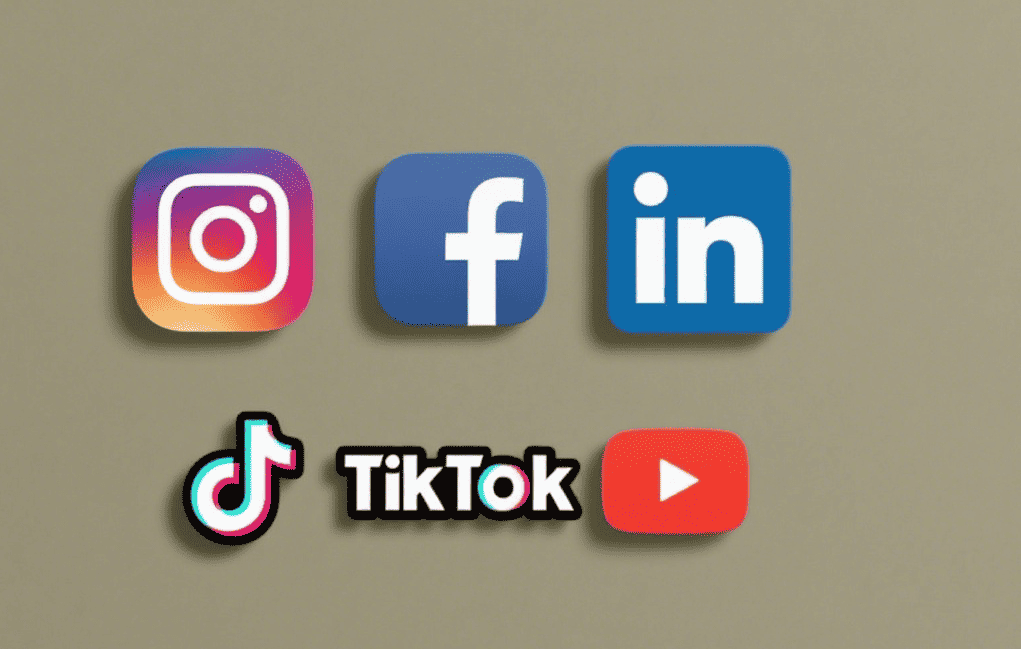
Social media plays a big role in event marketing and promotion. You can use platforms like Instagram, Facebook, LinkedIn, TikTok, and YouTube to reach your audience and boost attendance. Authentic content, such as behind-the-scenes photos or live updates, gets three times more engagement than staged posts. User-generated content, like attendee photos and stories, drives nearly seven times higher engagement.
When you respond to comments and questions quickly, you improve attendee experience and satisfaction. Events with active social media response strategies see 40% higher satisfaction rates. Using social walls at your event increases mentions and hashtag use, expanding your reach by up to 50%. A multi-platform approach can increase attendance by as much as 45%.
Younger audiences, especially Gen Z, rely on social media for event recommendations. Influencer endorsements can make your event more appealing and even increase ticket sales. Paid ads on platforms like Eventbrite can help you sell more tickets—sometimes up to 3.5 times more.
Note: Social media is not just about promotion. It helps you build community, improve attendee experience, and gather feedback for your next event.
Event project management helps you keep every part of your event on track. You need to manage tasks and monitor progress to make sure your event management plan works. Good event project management gives you control and helps you reach your goals.
You should break your event into smaller tasks. Assign each task to a team member in Malaysia. Use a checklist or a project management tool to track what needs to get done. This step makes event project management easier because you can see what everyone is working on. You can set deadlines for each task. This keeps your event moving forward. When you use event project management tools, you can send reminders and updates to your team in Malaysia. You avoid confusion and missed steps.
Tip: Write down every task, even small ones. This helps you spot problems early and keeps your event project management organized.
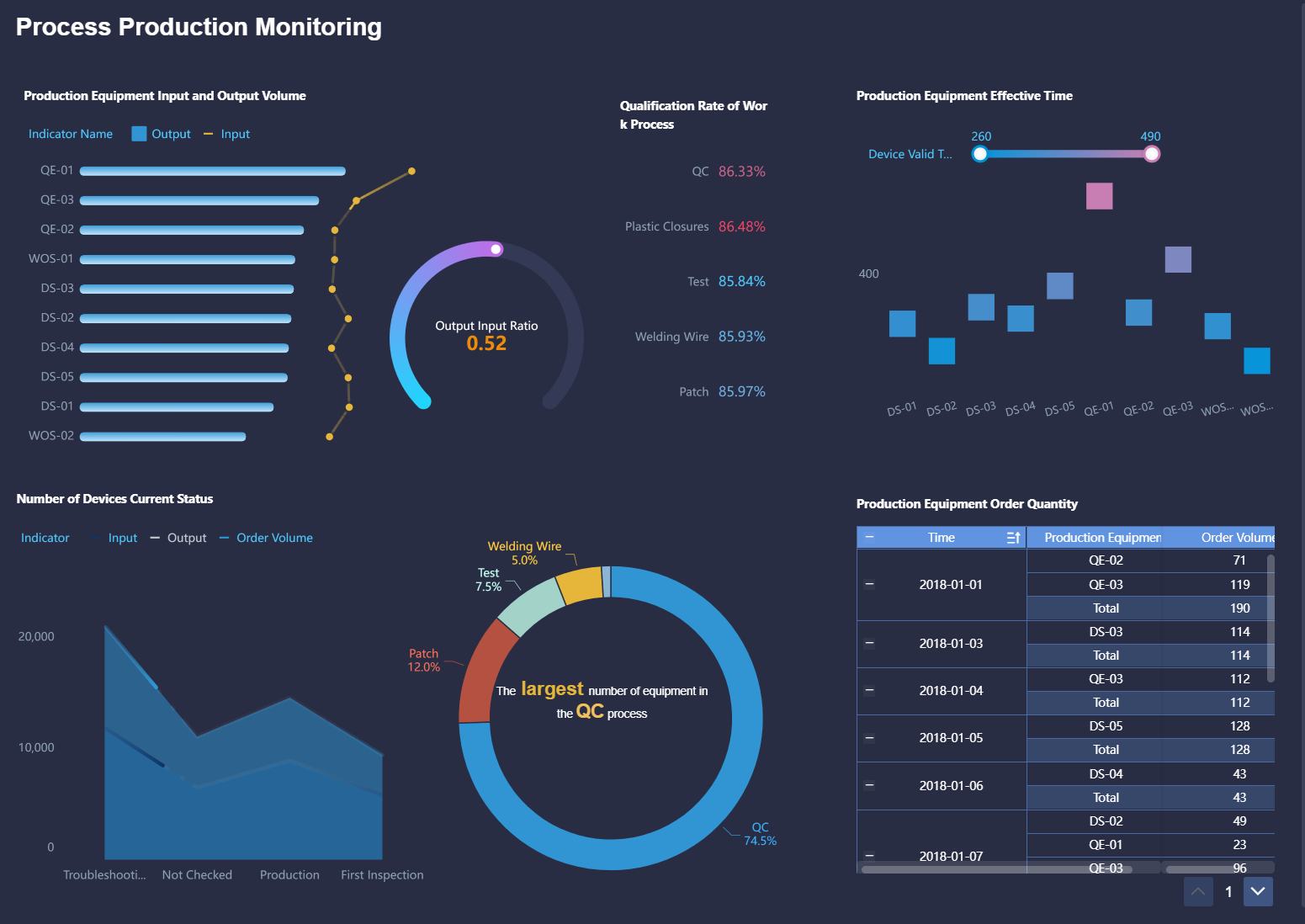
You need to check progress often. Review your event project management dashboard every day. Look for tasks that fall behind schedule. If you see a problem, talk to your team in Malaysia right away. Use data from your event management tools to see which parts of your event need more attention. You can adjust your event management plan if something changes. This makes your event project management flexible and strong.
Event project management helps you spot risks before they grow. You can fix issues fast and keep your event on track. When you manage tasks and monitor progress, you make your event a success.
You have reached the most important stage of your event. Final checks ensure a successful event and protect the attendee experience. Use a detailed checklist to review every part of your event logistics. Walk through the venue and look for trip hazards, fire risks, and crowd management issues. Share your site plan with all staff and contractors. This step helps everyone understand their roles and keeps the event running smoothly.
A disciplined checklist approach works in many high-stakes environments. Hospitals and airlines use checklists to reduce errors and improve safety. For example, hospitals that use safety checklists see fewer complications and better outcomes. In aviation, pilots follow checklists before takeoff and landing. This practice started in 1935 after repeated crashes. The checklist made flying safer by ensuring pilots never missed a step. You can apply this same method to your event.
Tip: Focus on severe risks first. Check equipment, first aid stations, and emergency exits. Collaborate with your team in Malaysia and local authorities to cover all possible risks.
Final checks help you spot problems before they affect the attendee experience. This step is key to successful execution.
You should always gather feedback after your event. This step helps you understand what worked and what needs improvement. Use post-event surveys to collect both numbers and comments from attendees. Ask about content quality, session value, logistics, and overall satisfaction. Include questions that use scales, such as the Net Promoter Score (NPS), to measure how likely people are to recommend your event.
Timely feedback gives you clear data. You can spot trends, see which sessions were popular, and learn what attendees want next time. Stakeholder feedback also helps you measure brand visibility and return on investment. When you gather feedback, you build a strong base for future event success.
Once you collect feedback, you need to analyze the results. Use modern analytics tools to track engagement, session popularity, and attendee reactions. Real-time dashboards help you see which parts of your event worked best. You can also connect your event data with CRM or marketing platforms to get a full picture.
Event analytics tools turn raw data into clear stories. You can see what needs to change and what to keep for your next event. This process helps you make smarter decisions, improve attendee experience, and boost your event’s impact.
You can achieve a successful event by following clear steps and staying organized. Careful planning, teamwork, and real-time tracking help you avoid common mistakes. Case studies show that a successful event often comes from choosing the right venue, working with reliable vendors, and preparing for surprises. When you use data-driven tools like FineBI and FanRuan, you improve event success by making smarter decisions and tracking key results. Anyone can run a great event with the right mindset and tools. Share your event stories or questions below!
Click the banner below to try FineReport for free and empower your enterprise to transform data into productivity!
10 Game-Changing Project Management Reporting Types!

The Author
Lewis
Senior Data Analyst at FanRuan
Related Articles
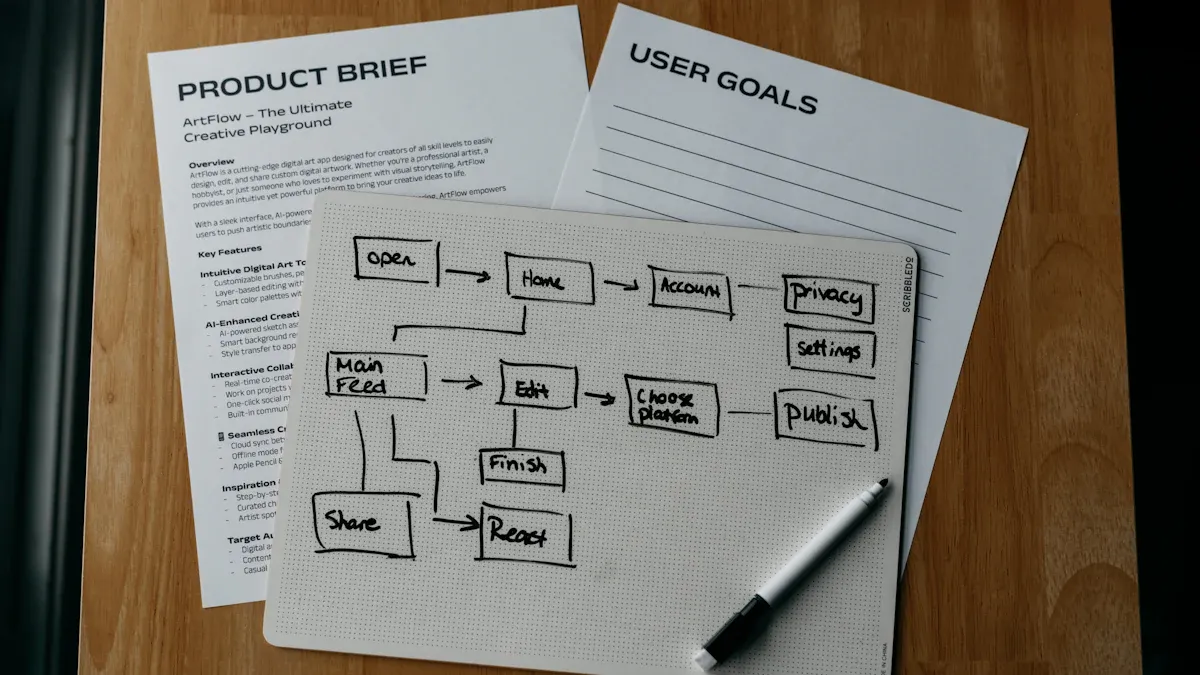
What is a data management platform in 2025
A data management platform in 2025 centralizes, organizes, and activates business data, enabling smarter decisions and real-time insights across industries.
Howard
Dec 22, 2025

Top 10 Database Management Tools for 2025
See the top 10 database management tools for 2025, comparing features, security, and scalability to help you choose the right solution for your business.
Howard
Dec 17, 2025

Best Data Lake Vendors For Enterprise Needs
Compare top data lake vendors for enterprise needs. See which platforms offer the best scalability, integration, and security for your business.
Howard
Dec 07, 2025